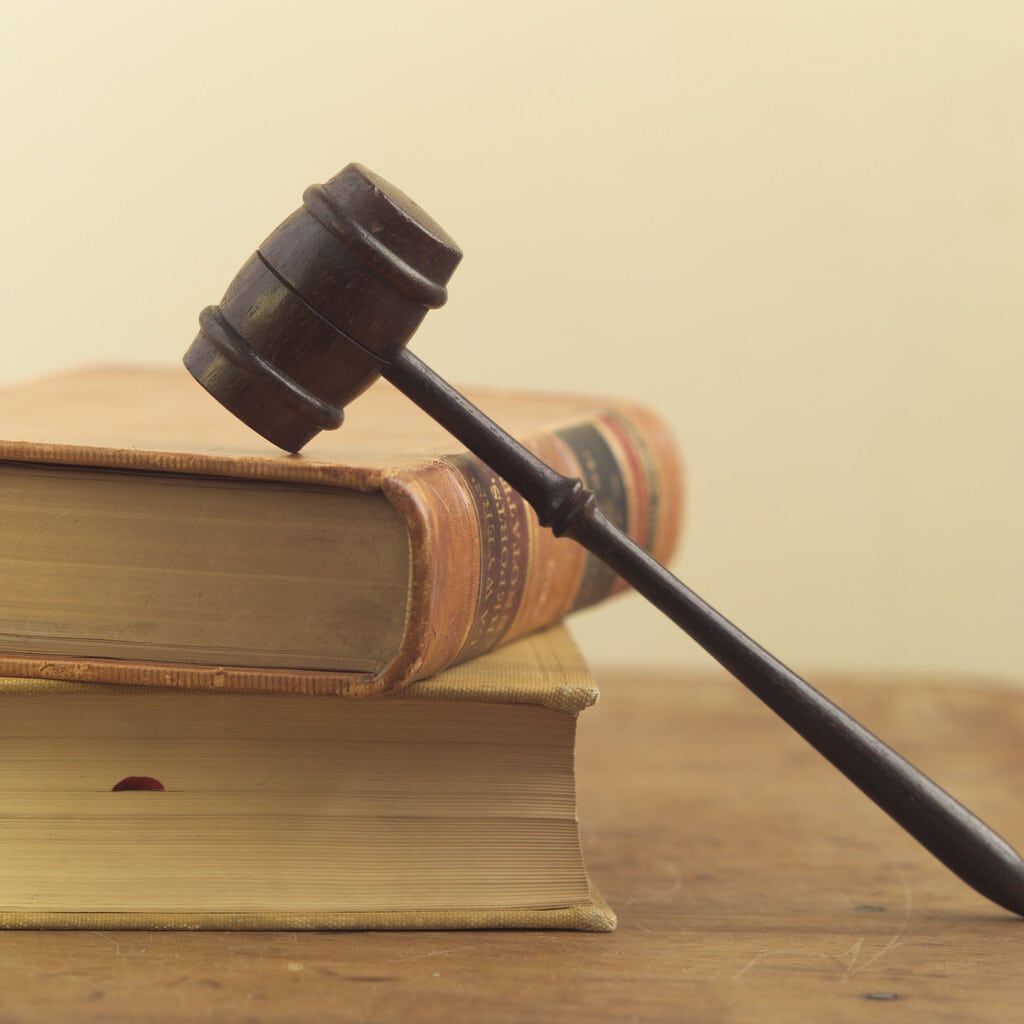There has been a lot of discussion on the recent case of State of Connecticut vs. Eleck, 2011 WL 3278663 (Conn.App. 2011), which highlights the importance of employing best practices technology to collect, preserve and produce social media evidence. In this case, defendant Robert Eleck sought to admit Facebook evidence at trial that would have impeached a prosecution witness, Simone Judway. Judway denied authorship of the Facebook messages in question, claiming someone must have hacked her account, even though the evidence revealed that the hacking occurred after the subject messages were sent. The court determined that Eleck, who offered only a simple printout of the Facebook items, failed to adequately authenticate the data, ruling that “it was incumbent on the defendant, as the proponent, to advance other foundational proof to authenticate that the proffered messages did, in fact, come from Judway and not simply from her Facebook account.”
 Importantly, the court noted that while the emergence of social media evidence does not necessarily require new rules of evidence, “circumstantial evidence that tends to authenticate a communication is somewhat unique to each medium.” The court cited precedent cases where emails, chat logs and texts were properly admitted based upon their supporting and unique metadata and other circumstantial evidence that provide “identifying characteristics.” See, e.g. United States v. Siddiqui, 235 F.3d1318, 1322-23 (11th Cir.2000) (e-mails properly authenticated when they included defendant’s e-mail address, the reply function automatically dialed defendant’s e-mail address as sender, messages contained factual details known to defendant, messages included defendant’s 625*625 nickname, and other metadata.) Dickens v. State, 175 Md.App. 231, 927 A.2d 32, 36-38 (2007) (threatening text messages received by victim on cell phone were properly authenticated when circumstantial evidence provided adequate proof message was sent by defendant); In re F.P., 878 A.2d91, 93-95 (Pa.Super.Ct.2005) (instant messages properly authenticated through circumstantial evidence including screen names and context of messages and surrounding circumstances).
Importantly, the court noted that while the emergence of social media evidence does not necessarily require new rules of evidence, “circumstantial evidence that tends to authenticate a communication is somewhat unique to each medium.” The court cited precedent cases where emails, chat logs and texts were properly admitted based upon their supporting and unique metadata and other circumstantial evidence that provide “identifying characteristics.” See, e.g. United States v. Siddiqui, 235 F.3d1318, 1322-23 (11th Cir.2000) (e-mails properly authenticated when they included defendant’s e-mail address, the reply function automatically dialed defendant’s e-mail address as sender, messages contained factual details known to defendant, messages included defendant’s 625*625 nickname, and other metadata.) Dickens v. State, 175 Md.App. 231, 927 A.2d 32, 36-38 (2007) (threatening text messages received by victim on cell phone were properly authenticated when circumstantial evidence provided adequate proof message was sent by defendant); In re F.P., 878 A.2d91, 93-95 (Pa.Super.Ct.2005) (instant messages properly authenticated through circumstantial evidence including screen names and context of messages and surrounding circumstances).
State v. Eleck clearly illustrates why it is important to collect and preserve Tweets, Facebook and LinkedIn entries in a thorough manner with best-practices technology specifically designed for litigation purposes. For instance, there are over twenty unique metadata fields associated with individual Facebook posts and messages. Any one of those entries or a combination of them contrasted with other entries can provide unique circumstantial evidence that can establish foundational proof of authorship. (We identify the nearly two dozen fields of unique Twitter metadata in our white paper available here).
When lawyers and their service providers rely on simple screen captures, printouts or even compliance archiving solutions that fail to collect and preserve all key metadata to admit social media into evidence, they run a significant risk of having key evidence in support of their client’s case disallowed by the court.
